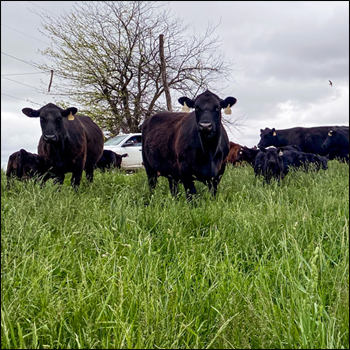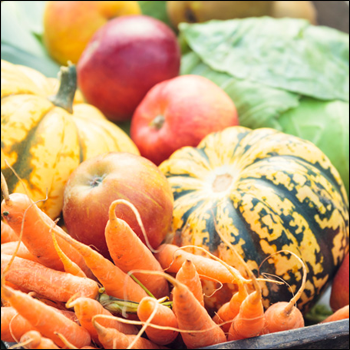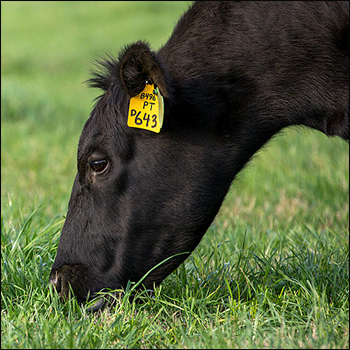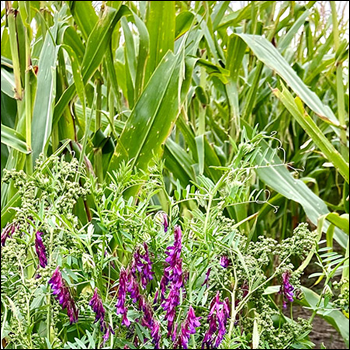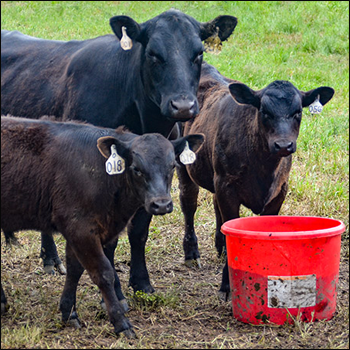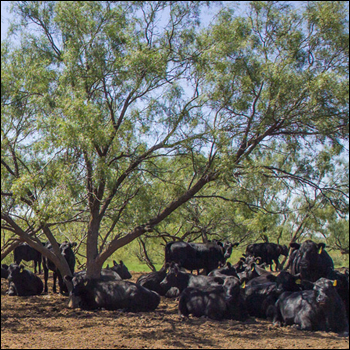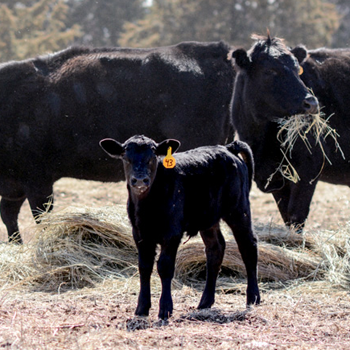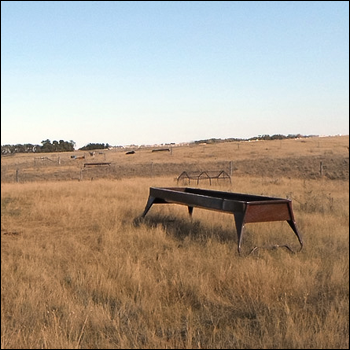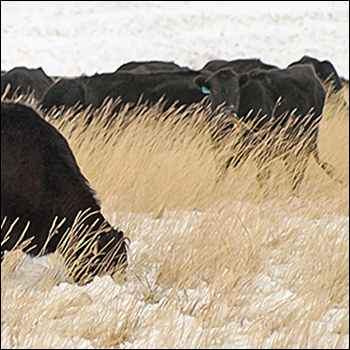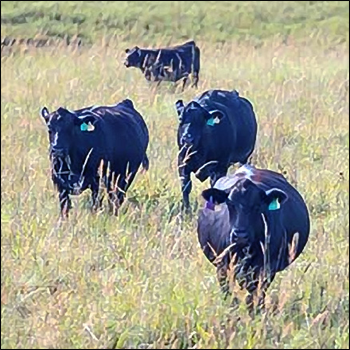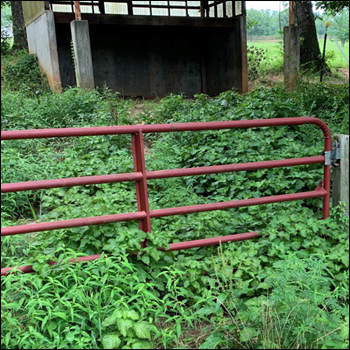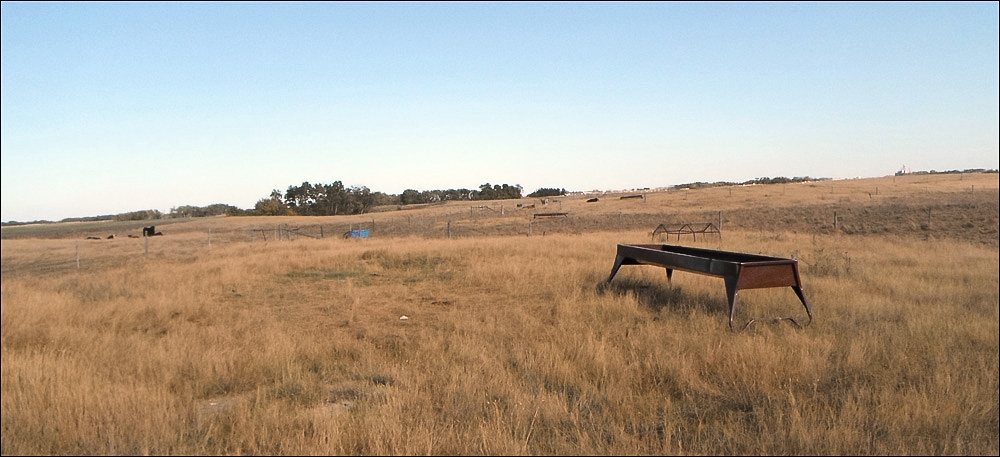
Pasture Management During a Dry Year
Be proactive about managing pastures instead of letting the weather make all the calls.
This spring has been very dry in much of the Western United States and Canada. Jim Bauer, a rancher in south central Alberta, has been involved with forage associations and grazing management for a long time. He says that his advice for producers facing a dry season might be a bit after-the-fact, because the important thing is to be prepared ahead of time.
“When I did grazing courses, I encouraged people to concentrate on building health and resiliency into their pastures when conditions are good,” says Bauer.
It is important to build root systems and have good ground cover and litter to help hold moisture and lose less to evaporation. If pastures are managed well in good seasons — not overgrazed — they will be resilient.
“When we do have drought, we must be careful to not beat up those pastures. Then they can spring back to life as soon as we get moisture,” he says.
On a typical year, Bauer says he tries to stockpile grass and usually has ample in the spring, but this isn’t a typical year. He warns against turning cows out too early. He admits the cows are tired of eating hay and hungry for something green, and you are tempted to turn them out on new, green grass. It’s wise, though, to continue feeding hay a bit longer, or put out a little hay on the pasture, so cows are getting some dry matter.
Lush, young grass is so high in nutrients and protein and so short on fiber — there’s not much biomass in young grass — that cows can go through a lot of it very quickly. It’s better to wait until it has more growth and structure before grazing, Bauer cautions. It might rain in a week or two, but if it doesn’t, you don’t want to go through that new grass so quickly.
“I encourage people to have critical rain dates in mind. Those dates may vary depending on where you are and what your seasons are like. When faced with a dry spring here, if we don’t get a reasonably good rain by the first of June, that’s a trigger to start thinking seriously about doing something different,” he says.
A person always needs a plan B or even a plan C.
Another date Bauer uses is June 21 — the summer solstice. He says after this date, the days get shorter and begin to indicate a season change.
“At that point it’s time to consider destocking. On a dry year, a person needs to think about it by the end of May, but if you still haven’t gotten any rain three weeks later, it’s time to make that decision,” he advises.
Waiting to sell until the last blade of grass is gone isn’t management, it’s letting the weather force your hand, he warns.
Using supplements
Some years it pays to supplement dry pastures. If there isn’t enough rain and grass stops growing — maturing and drying out early — those dry pastures need to be supplemented.
“Usually, mature grass has a lot of energy, but the cow needs protein to enable those (rumen) microbes to break it down,” Bauer explains.
Otherwise, cattle can’t eat enough of it because it moves so slowly through the gut. Cattle can manage fine on mature dry grass, but they must have protein to utilize it efficiently.
“There are many forms of protein that work. It might be 4 or 5 pounds of second-cut alfalfa per head. That is often the cheapest source compared with pellets or lick tubs,” he suggests.
Prices of various protein sources may vary from year to year. You might need to shop around to see what is available and most cost-effective.
Monitor pastures to know when they might be getting too dry and how soon you’d need to start providing supplement.
“It also helps to look at manure. If a cow is short on protein, feed will move slower through the tract and the manure is firm and stacks up in a pile, rather than a loose cow pie. If manure is firm, you know the fiber level is high and the protein level is going down,” he says.
Editor’s note: Heather Smith Thomas is a freelance writer and cattlewoman from Salmon, Idaho. Photo by Bart Lardner.

Angus Proud
In this Angus Proud series, Editorial Intern Jessica Wesson provides insights into how producers across the country use Angus genetics in their respective environments.
 Angus Proud: Scott Sproul
Angus Proud: Scott Sproul
Oklahoma operation learned wisdom of moving calving season to better suit their marketing needs.
 Angus Proud: Bubba Crosby
Angus Proud: Bubba Crosby
Fall-calving Georgia herd uses quality and co-ops to market calves.
 Angus Proud: Jim Moore
Angus Proud: Jim Moore
Arkansas operation retains ownership through feeding and values carcass data.
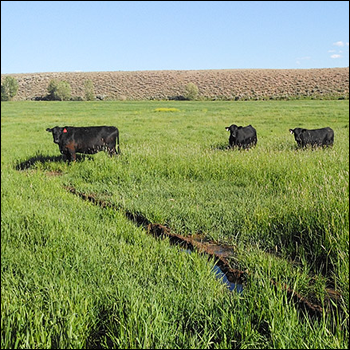 Angus Proud: Stephen Shiner
Angus Proud: Stephen Shiner
Idaho operation rotates pastures in summer and raises crops for winter.
 Angus Proud: Les Shaw
Angus Proud: Les Shaw
South Dakota operation manages winter with preparation and bull selection.
 Angus Proud: Jeremy Stevens
Angus Proud: Jeremy Stevens
Nebraska operation is self-sufficient for feedstuffs despite sandy soil.
 Angus Proud: Dave Rutan
Angus Proud: Dave Rutan
Angus breeder gets the most out of his bull investment by partnering with opposite calving-season operation.
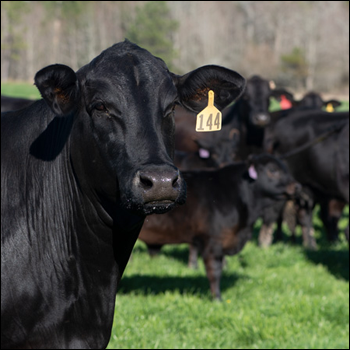 Angus Proud: Nickey Smith
Angus Proud: Nickey Smith
AngusLink helps Louisiana cattleman gain more for his calves.
